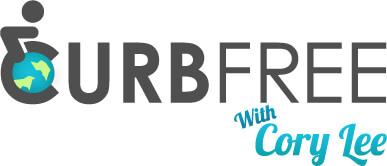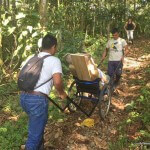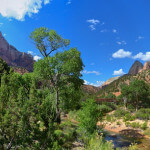Growing up in the Northwest Georgia area, I have seen plenty of mountainous trails and a multitude of great hiking spots. Unfortunately for me, I have also found that many of them are not wheelchair accessible. Or if they were, there was no signage or advertisements to let me know that they were possible to traverse in my powered wheelchair.
If you’re a wheelchair user like me, or know someone who is, the middle of the woods is certainly not somewhere that you want to end up with your tires stuck, unable to get up and walk away. I would literally be at the mercy of a passerby finding me and assisting with pushing me and my 400 lb. wheelchair back to stable ground. And from what I’ve been told, this is not an easy task.
Wouldn’t it be wonderful if all parks and recreation centers were designed to ensure that people living with disabilities can enjoy the great outdoors just like everyone else? Well, I have great news! The Christopher & Dana Reeve Foundation believes that everyone on this planet deserves to experience the beauty of nature, and they’re on a mission to make that happen through its’ ‘Outdoors for Everyone’ initiative.
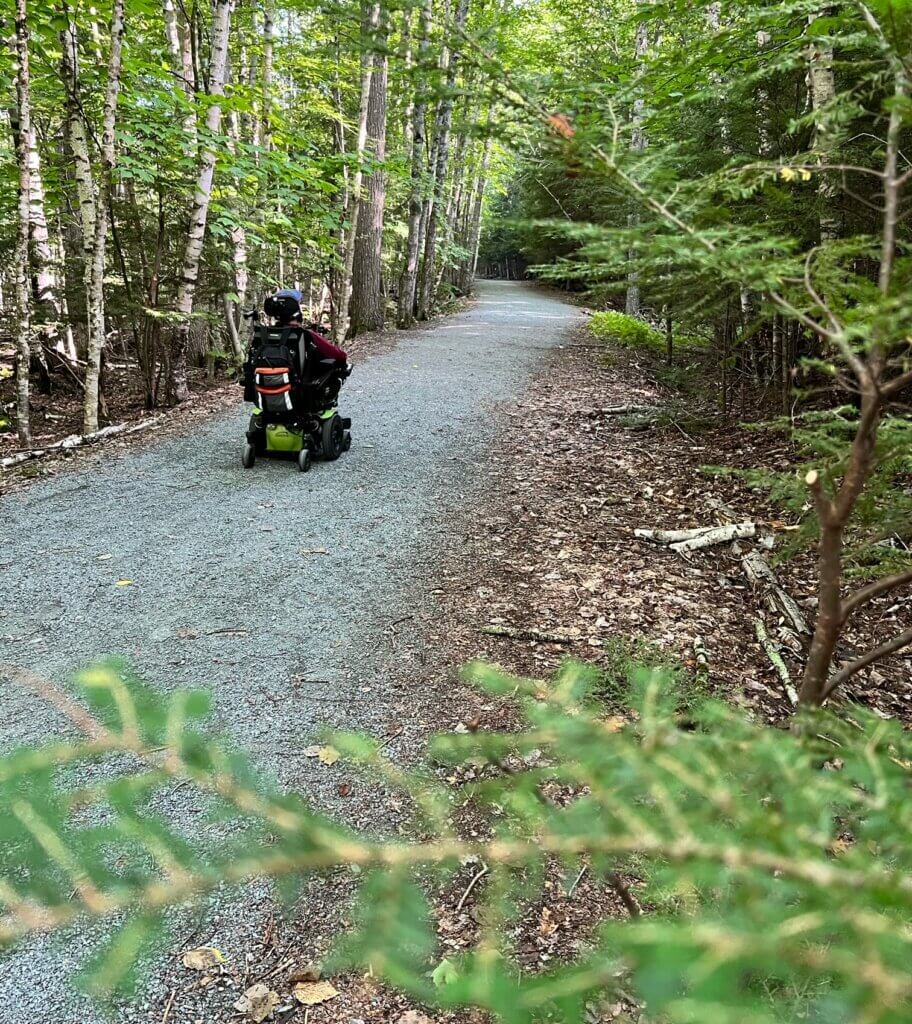
Launched this fall, ‘Outdoors for Everyone’ aims to help individuals living with paralysis and other disabilities, their families and caregivers, parks,, and others to ensure that the outdoors is indeed for EVERYONE. As part of this initiative, the Reeve Foundation’s Information Specialists have been trained to support and educate others on how to make the outdoors more accessible and how to help those in the community plan their next outdoor adventure, partnering with a number of outdoor-based organizations.
And alongside this, the Reeve Foundation created an ‘Accessible Outdoors Checklist, which serves as an additional resource for those living with disabilities, parks, and other recreation areas in an effort to address preventable limitations in nature.
Let’s talk more about what the ‘Accessible Outdoors Checklist’ includes!
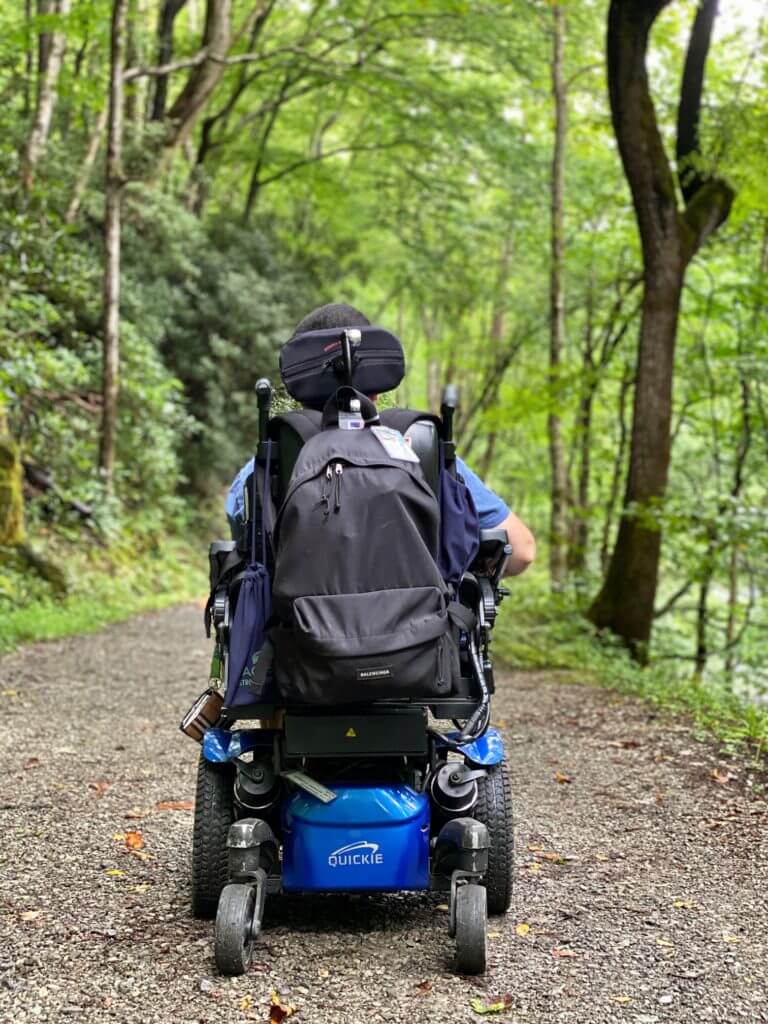
Before arriving to a trail
In one section of the checklist, it says what information should be included on websites and maps. Such Information should include where the accessible restrooms are and where to find accessible parking spaces, including the suggested width of the spots. Also, the length and width of trails, slope pitch of the trails, and the trail surface should be described. The checklist also suggests to include photos and user reviews, so that anyone wishing to visit will know exactly what to expect before coming to a trail in the great outdoors. All of these things will be extremely helpful in ensuring your day is spent having an amazing time, and not just searching for a restroom or figuring out how you can get turned around on a narrow path. For me, I know this all too well and would love to see more information about accessibility online before planning my trip.
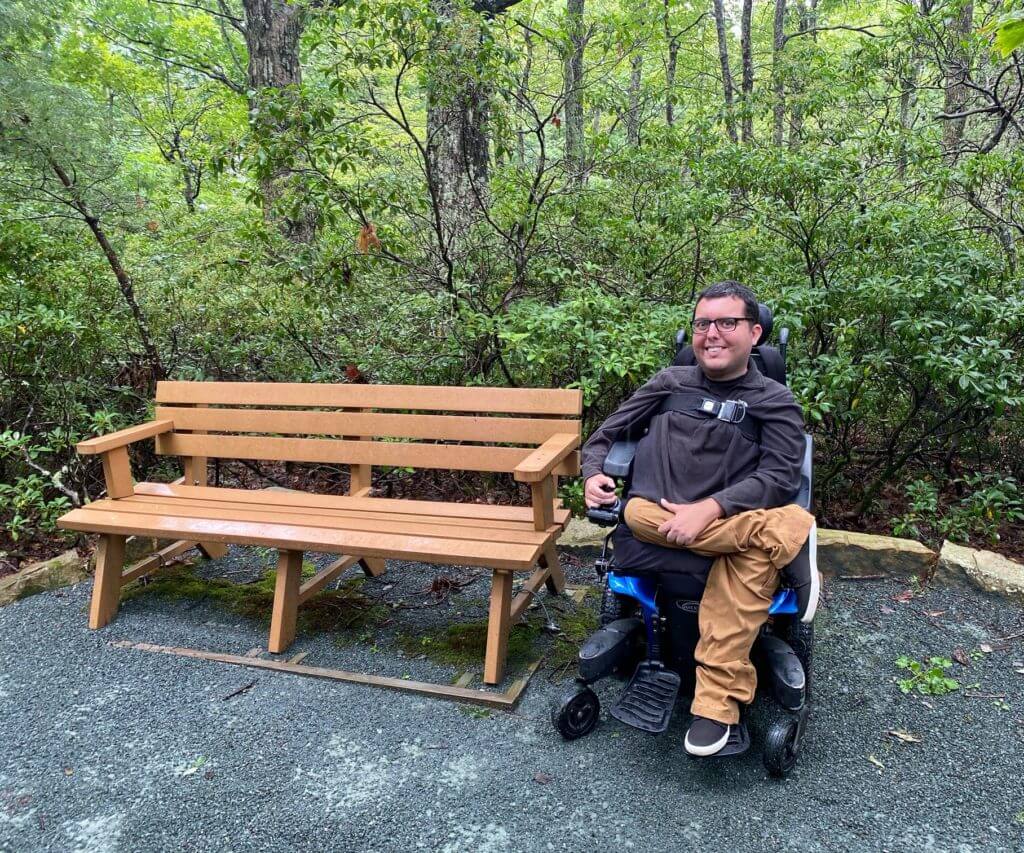
Arrivals and departures
Another very important section of this checklist includes not only the ADA requirements for the number of accessible parking spaces, but also that establishments and businesses should go beyond the required amount. If I were to pull up to a park or trail and can’t find anywhere to park, I can’t just then go and unload with my wheelchair on the side of the road and park there, as there’s just not enough space. And besides that, it would be dangerous! People who use wheelchairs need ample accessible parking to be able to have enough space for the wheelchair ramp to unfold, and/or to be able to open your car door fully, and put your chair together. I am happy to see that going above and beyond requirements is addressed in the ‘Accessible Outdoors Checklist.’ Also, the checklist discusses that staff should be trained once a year and before they start, on how to appropriately interact and accommodate park visitors with disabilities. It teaches that identity-first language should be used and to seek verbal permission before helping someone. I have always been frustrated to see someone just walk up and start pushing someone in a wheelchair when they aren’t even expecting it. I feel like they may not even want ‘moved’ at that moment and at least should be asked if that is their desire. Proper training on asking first is a great implementation.

On the trail
Trailheads are very important in being able to decide if the trail is right for you. I always like to know what I can expect along the way before even rolling somewhere. The Reeve Foundation’s checklist states that the trailhead should provide such information as the length of the trail, if there are any accessible restrooms along the route, the minimum width and slope of the trail, and if there are any benches along the way. It also says that it should be stated if the trail is rocky, graveled, paved, or sandy throughout. This would be so beneficial in knowing if the trail will work for your needs. Suggestions for trail designs are also on the list to add barrier-free viewing points or glass viewing areas. Both are important for people using wheelchairs to be able to enjoy their surroundings. I know for me, before I added the seat elevation feature to my powered wheelchair, there was nothing worse than trying to see over a railing, as they were always at eye-level and blocking my view. By lowering the railing in some areas or possibly putting a glass area, this would help us to see even more of the outdoors. And another great item on the checklist, among many, is trail maintenance. By keeping the trails free of debris, such as leaves and fallen branches, our wheelchairs can freely roll and our experience in enjoying the great outdoors will be immensely better.

As you can see, the Reeve Foundation’s ‘Outdoors for Everyone’ is truly a transformative initiative for the disability community. I want to support this effort as much as I can and spread the word of this amazing endeavor. It is my hope that all parks, trails, and organizations focused on the outdoors will not only adhere to the ADA requirements, but will go above and beyond mandated laws and open up a whole new world of opportunities for us all.
This initiative will help guide these spaces in the right direction of knowing more about how to improve their area. I honestly believe that people want to do better, but they don’t always know what or how to do it. Together, we can all make changes and evolve into a more inclusive and accessible world.
Learn more about the Reeve Foundation’s ‘Outdoors for Everyone’ initiative by clicking here.
.
.
